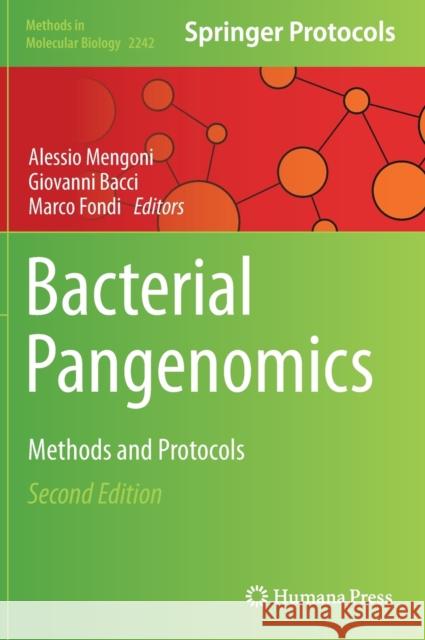Bacterial Pangenomics: Methods and Protocols » książka
topmenu
Bacterial Pangenomics: Methods and Protocols
ISBN-13: 9781071610985 / Angielski / Twarda / 2021 / 268 str.
Bacterial Pangenomics: Methods and Protocols
ISBN-13: 9781071610985 / Angielski / Twarda / 2021 / 268 str.
cena 692,36 zł
(netto: 659,39 VAT: 5%)
Najniższa cena z 30 dni: 689,15 zł
(netto: 659,39 VAT: 5%)
Najniższa cena z 30 dni: 689,15 zł
Termin realizacji zamówienia:
ok. 20 dni roboczych.
ok. 20 dni roboczych.
Darmowa dostawa!
Kategorie:
Kategorie BISAC:
Wydawca:
Humana
Seria wydawnicza:
Język:
Angielski
ISBN-13:
9781071610985
Rok wydania:
2021
Wydanie:
2021
Numer serii:
000014950
Ilość stron:
268
Waga:
0.68 kg
Wymiary:
25.91 x 19.56 x 2.03
Oprawa:
Twarda
Wolumenów:
01
Dodatkowe informacje:
Komentarz
Wydanie ilustrowane
Wydanie ilustrowane











